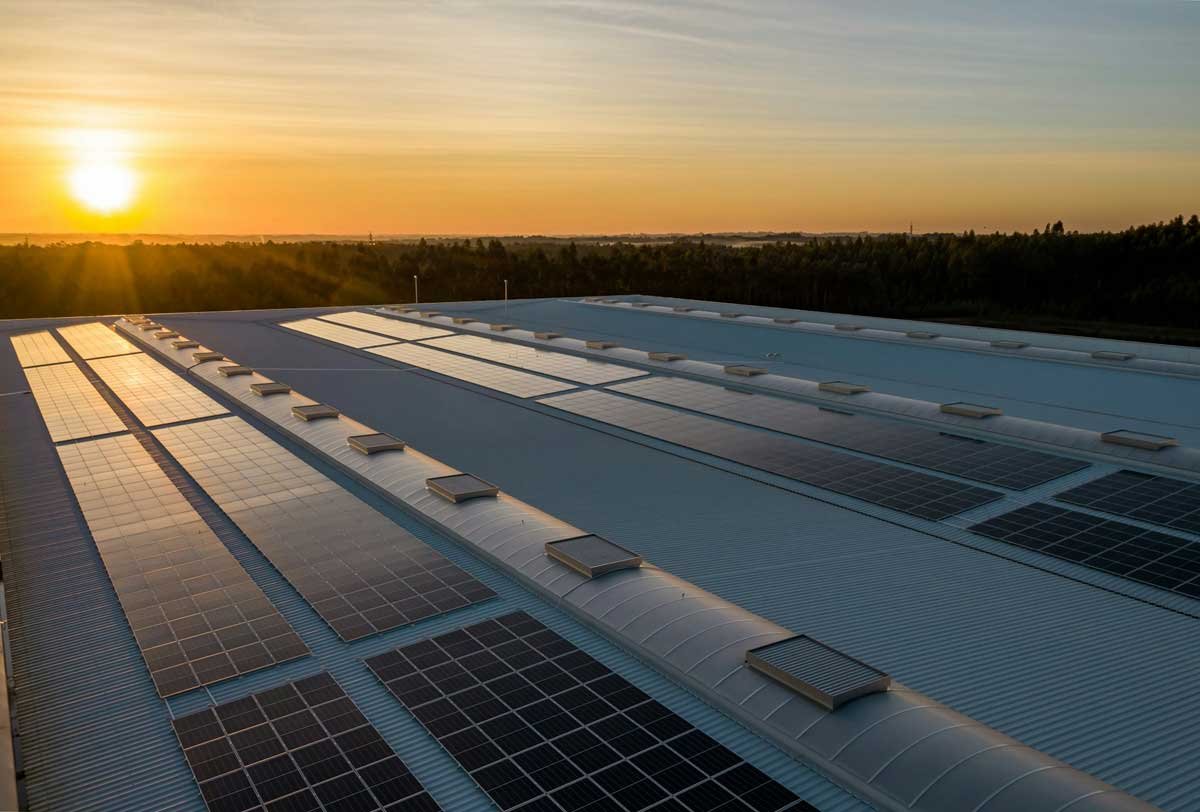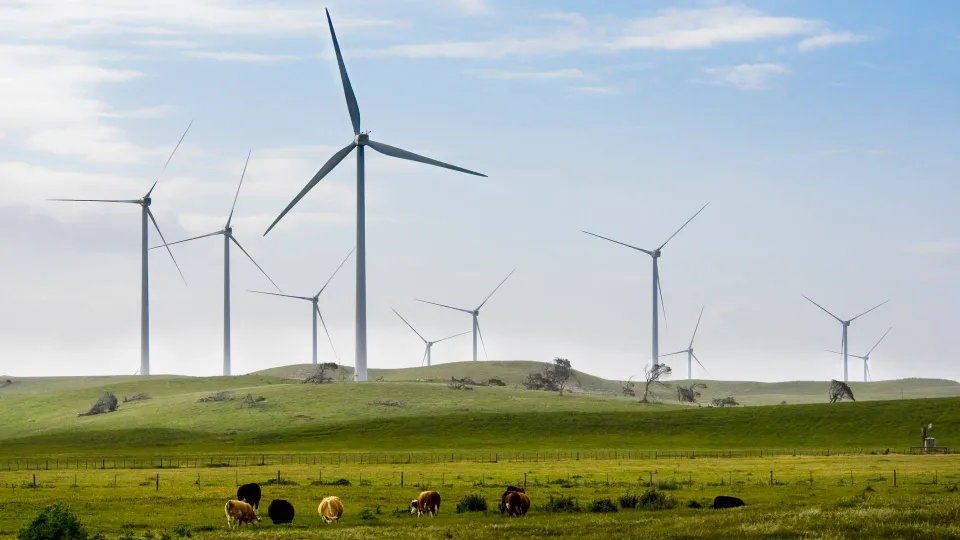Central Asia is positioning itself as a vital center for renewable energy investment as regional governments and international investors shift focus from fossil fuels to meet climate commitments and stimulate economic growth. Historically reliant on coal, gas, and oil, countries in this region are under increasing pressure to revamp their energy sectors in line with global decarbonization efforts.
The region boasts vast steppes and favorable climate conditions, particularly suited for wind energy, with an estimated potential of nearly 370 gigawatts according to the OSCE (2022). Kazakhstan, Kyrgyzstan, and Uzbekistan are becoming key players in wind power development due to their stable wind patterns and expansive landscapes. For instance, Uzbekistan’s Zarafshan wind farm exemplifies the nation’s dedication to expanding wind energy capabilities. Wind energy offers advantages such as lower environmental impact and stable electricity generation, which are essential for enhancing energy security and economic stability.
However, expanding wind energy in Central Asia faces obstacles, including inadequate infrastructure, challenges with grid integration, regulatory uncertainties, and the necessity for substantial initial investments. Additionally, addressing local community issues, environmental considerations, and ensuring long-term viability are vital for successful project implementation.
Solar energy represents an even greater opportunity, with regional estimates reaching up to 5,470 gigawatts. Kazakhstan and Uzbekistan alone are projected to contribute over 4,350 gigawatts of this capacity (OSCE, 2022), making them prime candidates for large-scale solar projects. In 2024, Uzbekistan initiated a groundbreaking 526 megawatt hybrid project by Voltalia, integrating solar, wind, and battery storage, which serves as a model for future renewable energy initiatives.
Hydropower also presents substantial potential, with an estimated annual generation capacity of around 1,000 terawatt-hours, largely contributed by Tajikistan, which can produce 527 terawatt-hours annually thanks to its rich water resources and mountainous terrain (OSCE, 2022). Major hydropower initiatives, like the Kambar-Ata-1 (1,860 megawatts) in Kyrgyzstan and the Rogun Dam (3,600 megawatts) in Tajikistan, backed by the World Bank, are set to reshape the region’s energy landscape. However, hydropower development can lead to social and environmental concerns, including disputes over water resources, which have historically caused geopolitical tensions.
In recent years, Central Asia has made notable strides in renewable energy. The International Renewable Energy Agency (IRENA) reported a 26.6% increase in total renewable energy capacity across the region over five years, surpassing 17.3 gigawatts by 2023. Kazakhstan and Uzbekistan have been at the forefront of this growth, with Kazakhstan experiencing an 83.4% increase to reach 5.7 gigawatts and Uzbekistan achieving a 39% increase, bringing its capacity to 2.7 gigawatts since 2018. Tajikistan also saw a 15.6% rise, with its renewable capacity reaching 5.8 gigawatts.
Nonetheless, the transition from fossil fuels remains a challenge. Kazakhstan still relies on coal for 70% of its electricity, while Uzbekistan uses gas for 83% of its power supply (IEA, 2022). To achieve its target of 40% renewable energy by 2030, Uzbekistan is actively pursuing international investment.
The influx of global interest in Central Asia’s renewable sector is accelerating, with significant investments from major international players. China is leading the way, funding renewable projects in Kazakhstan and Uzbekistan through companies like Goldwind Science & Technology, which operates wind facilities exceeding 500 megawatts. Moreover, the Belt and Road Initiative (BRI) has facilitated investments such as CEEC’s 1 gigawatt Bukhara wind farm, indicating strong international interest in the region’s wind energy development.
European firms are also participating, with TotalEnergies exploring renewable projects in Kazakhstan. The Asian Development Bank (ADB) and the European Bank for Reconstruction and Development (EBRD) have provided essential financial support, with the EBRD committing €6.8 million to the SECCA program, signaling confidence in the region’s renewable energy potential.
Russia has shown a growing interest in renewable energy projects in Central Asia. Rosatom, traditionally known for its nuclear expertise, is diversifying into renewables. The company has developed wind projects in Russia and is now expanding its portfolio into Central Asia, with plans for multiple wind projects in Kyrgyzstan, including a substantial 100 megawatt wind farm project expected to start construction in 2026.
Renewable energy development has the capacity to foster economic integration and political stability in the region. Cross-border energy projects and interconnected power systems could bolster cooperation throughout Central Asia, aligning local interests with global climate objectives. Additionally, renewable energy initiatives create jobs, with Kazakhstan promoting training programs through its renewable energy auctions.
While Turkmenistan remains behind its neighbors in renewable energy deployment, the region’s overall growth is promising. Advances in battery storage technology are crucial for managing grid intermittency. Projects like Voltalia’s 200 megawatt-hour battery storage integration in Uzbekistan and Kazakhstan’s plans for large-scale wind projects with storage solutions illustrate the increasing focus on grid reliability and energy security.
Central Asia’s shift towards renewable energy, supported by international investors and financial institutions, marks a decisive move towards a sustainable future.




